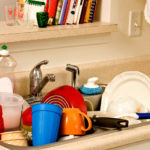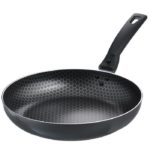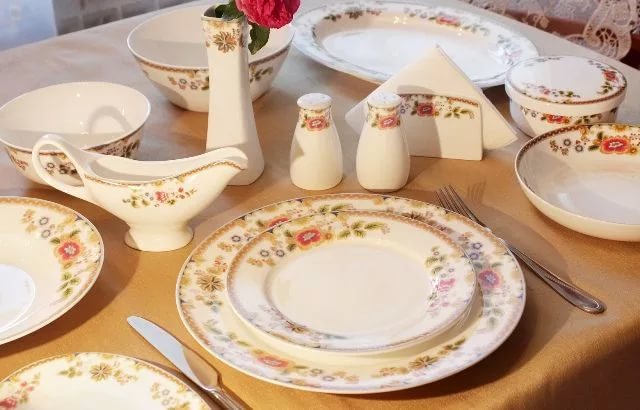Disposable tableware at home: convenient, profitable or stupid?
It is generally accepted that the history of the appearance of disposable tableware is associated with a curious incident. One day, an American student, dissatisfied with the cleanliness of a drinking vessel in one of the public institutions, built an improvised glass from cardboard. More than 100 years have passed since then. In addition to cardboard, plastic is used for production, and the appearance of the dishes has become more presentable. The main thing has not changed: the purpose. Disposable items make life simpler and easier.

The content of the article
The uniqueness of disposable tableware
The “eat and throw away” situation itself is very attractive in the eyes of a busy person. Remember how much time it takes to pre-prepare the festive service for welcoming guests. The subsequent washing of a mountain of dirty dishes is also not fun. What if you have to go out of town?
Reference! Picnics, office gatherings, and democratic catering have long been unthinkable without disposable items.
Convenient, hygienic, no washing required - these are undoubted advantages.
The dishes that don't mind throwing it away - a competitor to traditional table setting items. Encourages transition to everyday use and affordability.
This is probably why many people often advocate switching to disposable items. And today there are a great many of them!
Types of disposable tableware
Initially, disposable tableware was made of paper.Over time, plastic objects were added to paper objects - made of polypropylene or polystyrene.
Paper
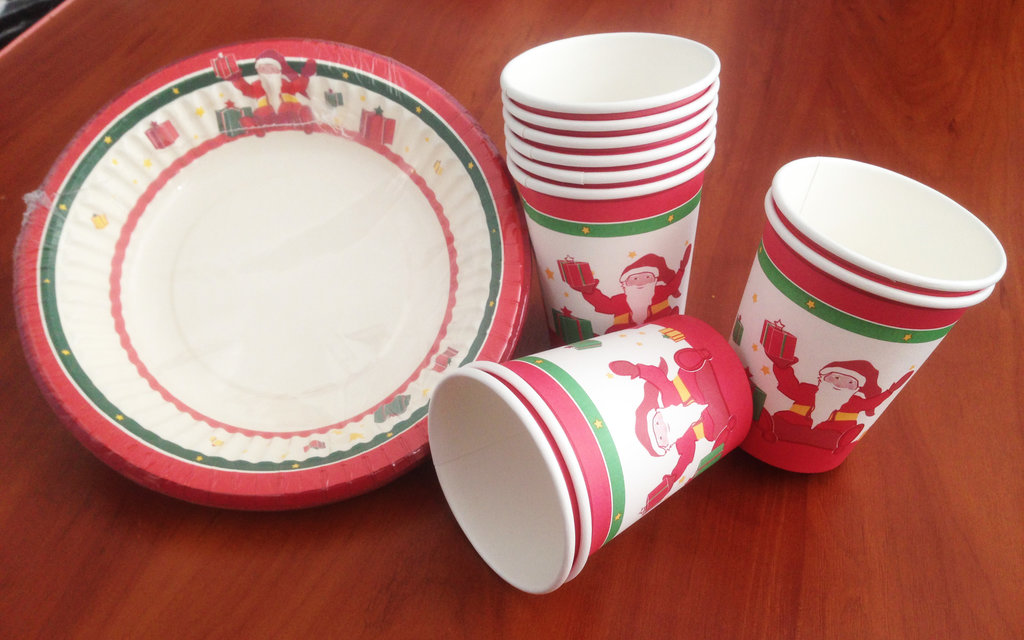
Laminated paper tableware is represented by plates and cups. They keep warm well, don't get wet. Such dishes safe. But at the same time road to production!
Important! The advantage of paper tableware is that it is recyclable and easily decomposes.
Plastic
Plastic dishes sometimes hazardous to health person. Polystyrene Products are not intended for hot food! When exposed to heat, they release styrene that is harmful to the body.
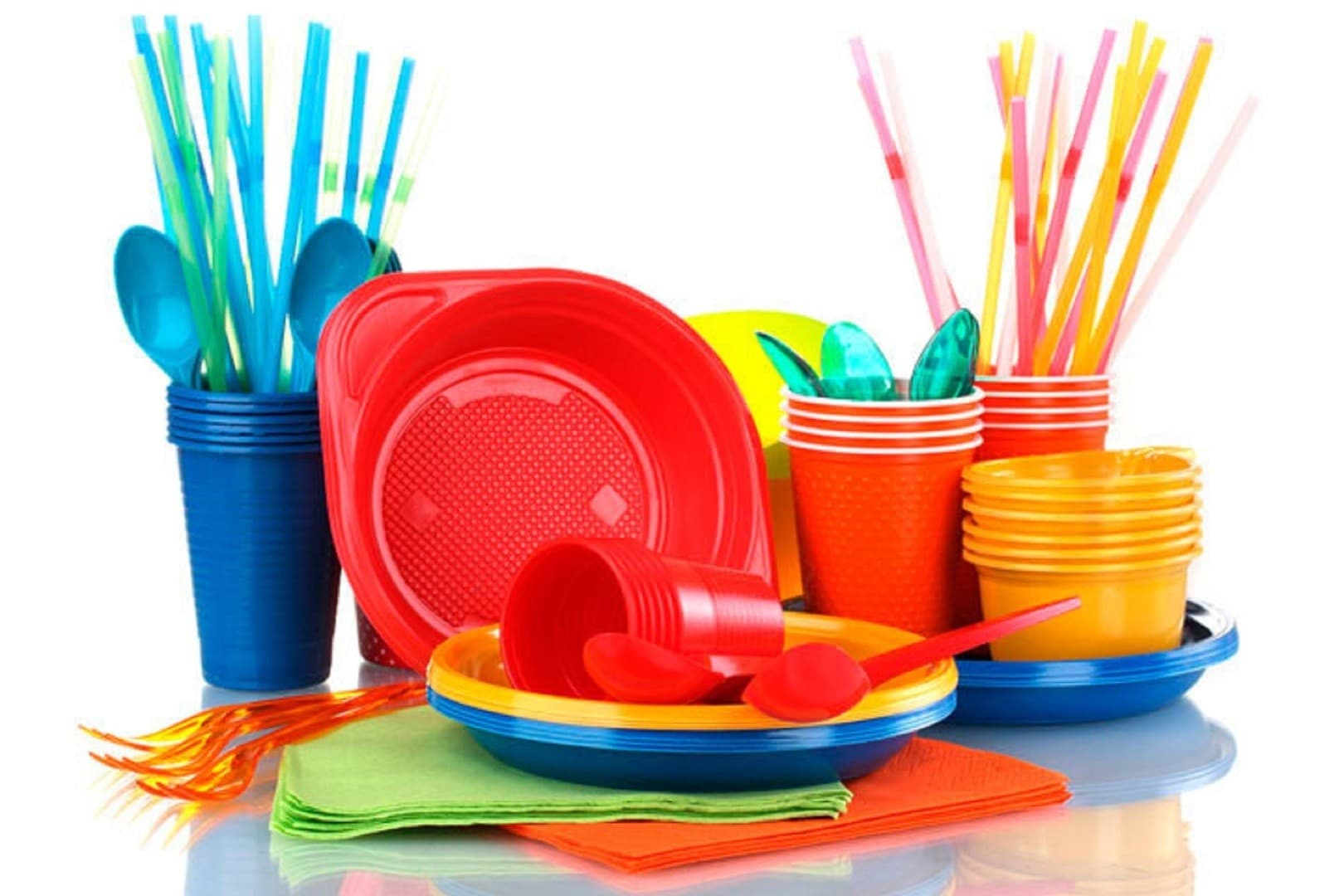
For second and first courses it is better to use polypropylene plates and cups. You can pour tea, coffee, lemonade - any drink, but not alcohol.
Reference! When exposed to alcohol, polypropylene releases toxic formaldehyde and phenol.
The range of plastic products is varied. The versatility of the material makes it possible to produce plates for main and first courses, mugs for hot drinks, glasses for alcohol and cutlery.
Plastic is attractive due to its price, but causes damage to the environment due to its long decomposition period..
Important! The aluminum molds or laminated lunchboxes that fast food restaurants use to package food are not disposable. This is packaging!
Using disposable tableware at home
Due to its lightness and compactness, such dishes were liked by those who are not used to sitting still. Why not transfer this ease into everyday life? But is this type of cookware suitable for home use?
Convenient or not?
Of course, it is convenient if we talk about what you don't have to wash anything! Imagine how much time will be freed up if you remove just one link from the series of household chores - washing dishes! It's a pity that there are no disposable pots and pans yet!
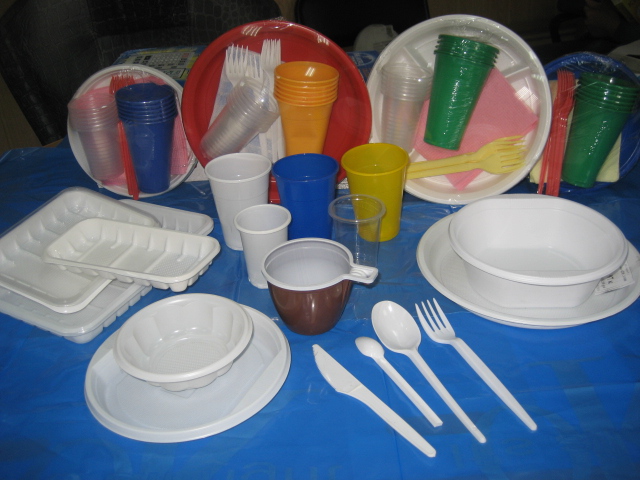
And if we talk about use, then there is no such clear answer.
- If the plastic is dense and holds its shape well, then such plates are no worse usual porcelain or earthenware.
- It's more difficult with cups. They are usually small, they have uncomfortable handles, which prevents you from enjoying tea. You can quench your thirst from such cups, and get pleasure from warming your hands with their warmth Not sure it's going to happen.
- About cutlery there's no need to even talk. They suitable for fast food, but for a good piece of meat you need a metal or ceramic knife. Using bendable forks and spoons is also a very dubious pleasure.
It is clear that the current range of disposable tableware is not able to displace durable products made of metal, glass, and ceramics from household use. And it does not completely solve the problem of washing: kitchen utensils will still have to be sent to the sink after a meal.
It is important that you need to constantly take care of replenishing your crockery supplies. At this point, another question arises: how economically justified is the transition to one-time items?
Profitable or not?
Everyone solves this problem themselves. Someone with a calculator, someone doing the math in their head.
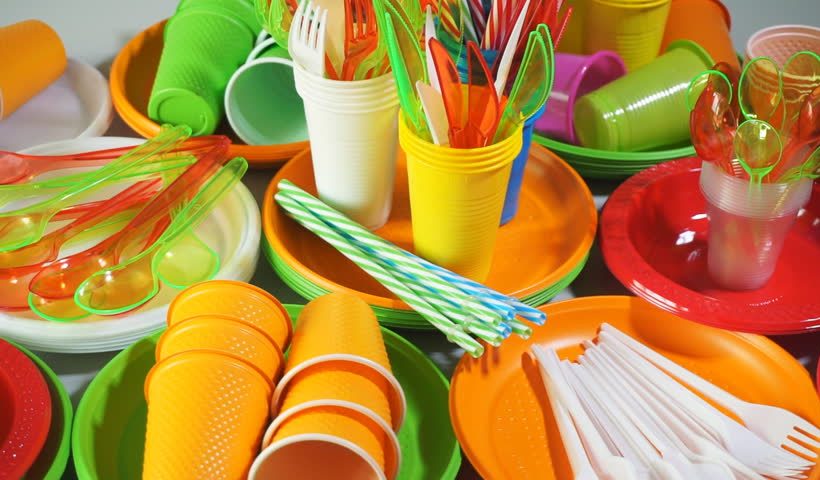
A couple of hundred a month for plates seems inexpensive; one porcelain equivalent costs about the same. Plus, water and detergent are consumed, sponges and towels are bought. These are the pros.
What's the "against"? All the same. You just need to multiply the cost of disposable plates by the service life of the porcelain plate.
Important! Damage to health from improper use of plastic is ultimately costly.Unfortunately, few people think about this.
Should or should you not use it at home?
To make a decision in favor of items of a certain type, you need to consider several points.
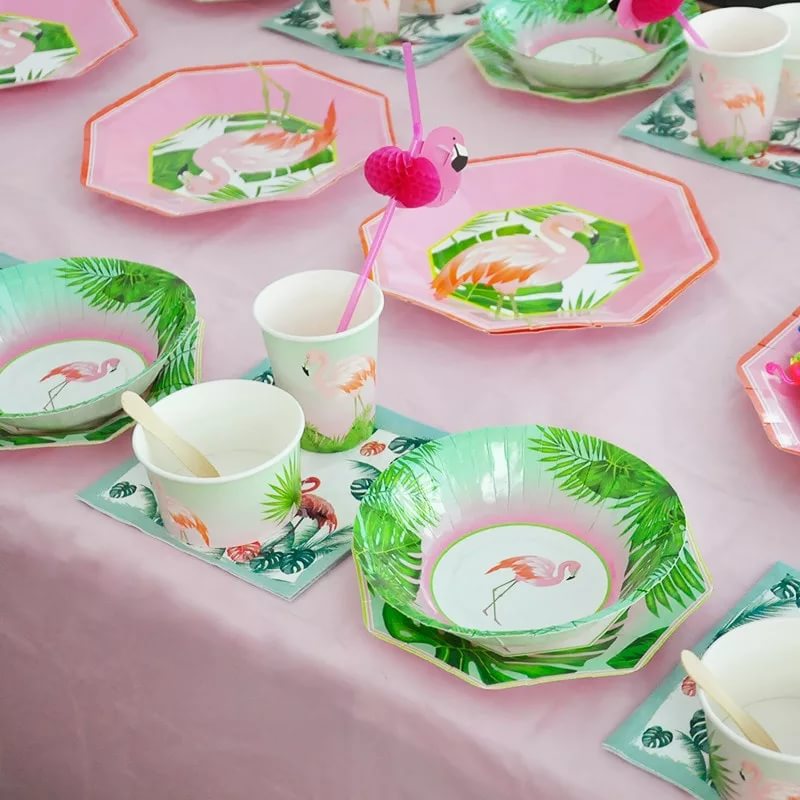
- Washing dishes is an excellent educational and disciplinary moment. Parents with children should not discount it!
- The amount of household waste will increase sharply. And we must not forget about the environment!
Reference! If every inhabitant of the Earth throws away three plates a day, that’s almost 23 billion pieces. The weight of one plate is conventionally equal to 10 g, therefore, 230 million kg will go to the landfill!
- It will not be possible to do without the usual devices. After all, there is no question of serving a holiday table at home with plastic. This idea is rejected even by the most ardent admirers of everything disposable.
Does this mean that we should completely abandon disposable tableware? No, that doesn't mean it. There are times when she is very helpful. It is important to proceed from the conditions of expediency and reasonableness. Why not have a snack on such dishes during repairs, when the water is turned off?
To the delight of fans of disposability, they have already come up with completely biodegradable tableware made from dietary fiber, for example, bamboo, corn starch, palm leaves and even the husks of ordinary seeds. Perhaps we will return more than once to the question of whether it is worth eating on disposable tableware at home...


